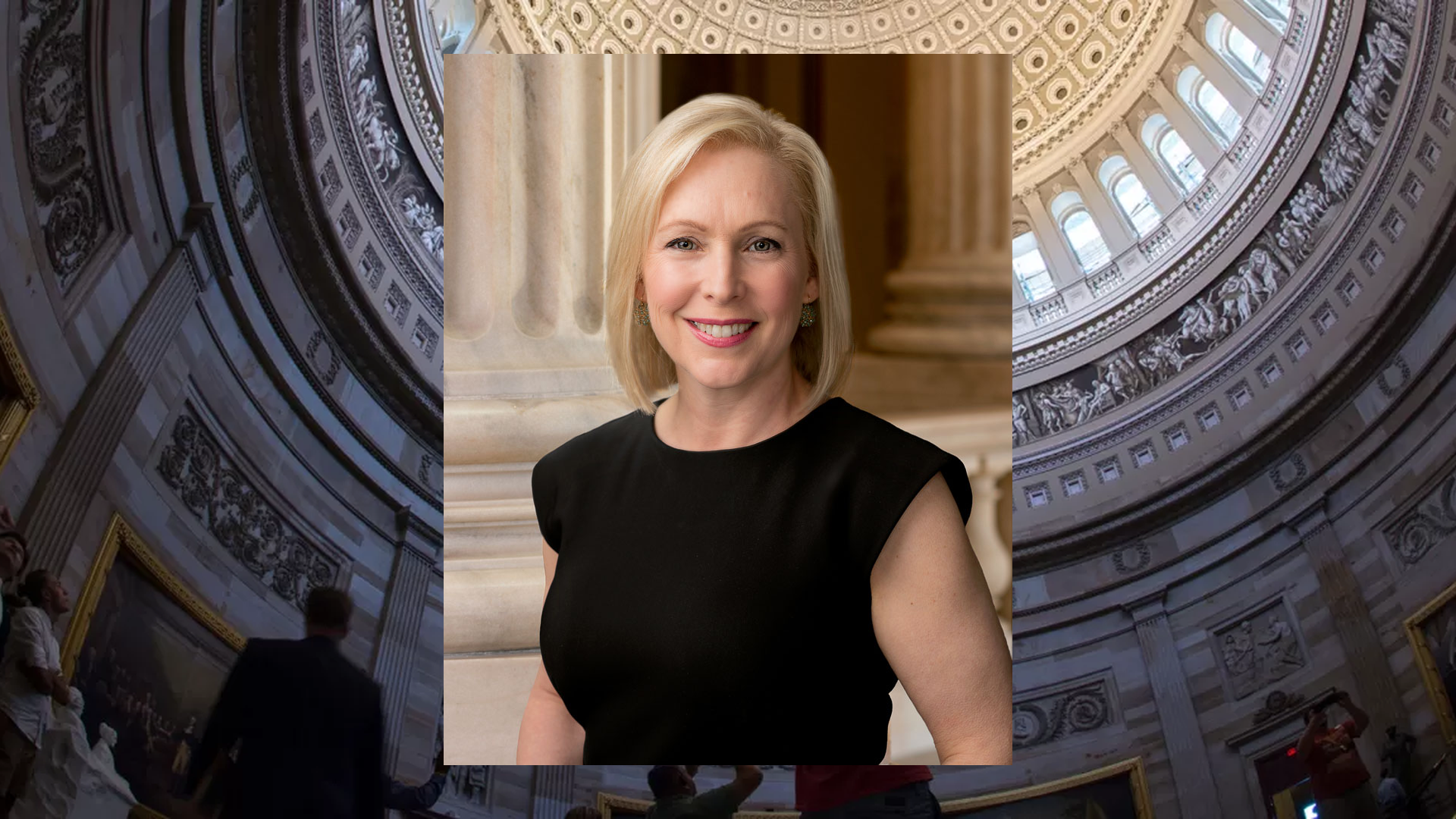EMERYVILLE, Calif., Dec. 14, 2025 (GLOBE NEWSWIRE) -- Kyverna Therapeutics, Inc. (Nasdaq: KYTX), a clinical-stage biopharmaceutical company focused on developing cell therapies for patients with autoimmune diseases, announced it will host a live webcast and conference call on Monday, December 15, 2025 at 8:00 am ET to review topline results from the registrational Phase 2 KYSA-8 clinical trial evaluating KYV-101 in stiff person syndrome (SPS).
Conference Call Details
Participants will need to register at the below-noted URL in order to listen and participate in the call. Once registered, participants will receive a dial-in phone number and unique PIN number which will be needed to join the call. The call can also be accessed via live webcast. The webcast and supporting presentation materials will be available on the "Events & Presentations" section of Kyverna's Investor Relations webpage at ir.kyvernatx.com . An archived replay will also be available on the website.
Dial-In Registration Link:
Conference Call Registration
Webcast Link:
Kyverna Topline Results for SPS Conference Call
About KYV-101
KYV-101 is a fully human, autologous, CD19 CAR T-cell therapy with CD28 co-stimulation, designed for potency and tolerability, which is under investigation for B-cell-driven autoimmune diseases. With a single administration, KYV-101 has potential to achieve deep B-cell depletion and immune system reset to deliver durable drug-free, disease-free remission in autoimmune diseases.
About Kyverna Therapeutics
Kyverna Therapeutics, Inc. (Nasdaq: KYTX) is a clinical-stage biopharmaceutical company focused on liberating patients through the curative potential of cell therapy. Kyverna's lead CAR T-cell therapy candidate, KYV-101, is advancing through late-stage clinical development with registrational trials for stiff person syndrome and myasthenia gravis, and two ongoing multi-center Phase 1/2 trials for patients with lupus nephritis. The Company is also harnessing other KYSA trials and investigator-initiated trials, including in multiple sclerosis and rheumatoid arthritis, to inform the next priority indications for the Company to advance into late-stage development. Additionally, its pipeline includes next-generation CAR T-cell therapies in both autologous and allogeneic formats, including efficiently expanding into broader autoimmune indications and the potential to increase patient reach with KYV-102 using its proprietary whole blood rapid manufacturing process. For more information, please visit https://kyvernatx.com .
Forward-Looking Statements
Statements in this press release about future expectations, plans and prospects, as well as any other statements regarding matters that are not historical facts, may constitute “forward-looking statements.” The words, without limitation, “anticipate,” “believe,” “continue,” “could,” “estimate,” “expect,” “intend,” “may,” “plan,” “potential,” “predict,” “project,” “should,” “target,” “will,” “would” and similar expressions are intended to identify forward-looking statements, although not all forward-looking statements contain these or similar identifying words. Forward-looking statements in this press release include, without limitation, those related to Kyverna’s anticipated timing for its live webcast reporting its trial data and results and the topics expected to be discussed on the webcast and Kyverna’s next priority indications. Actual results may differ materially from those indicated by such forward-looking statements as a result of various important factors, including: uncertainties related to market conditions, the possibility that results from prior clinical trials, named-patient access activities and preclinical studies may not necessarily be predictive of future results; and other factors discussed in the “Risk Factors” section of Kyverna’s most recent Annual Report on Form 10-K and Quarterly Reports on Form 10-Q that Kyverna has filed or may subsequently file with the U.S. Securities and Exchange Commission. Any forward-looking statements contained in this press release are based on the current expectations of Kyverna’s management team and speak only as of the date hereof, and Kyverna specifically disclaims any obligation to update any forward-looking statement, whether as a result of new information, future events or otherwise.
Contacts:
Investors:
[email protected]
Media:
[email protected]


































































































